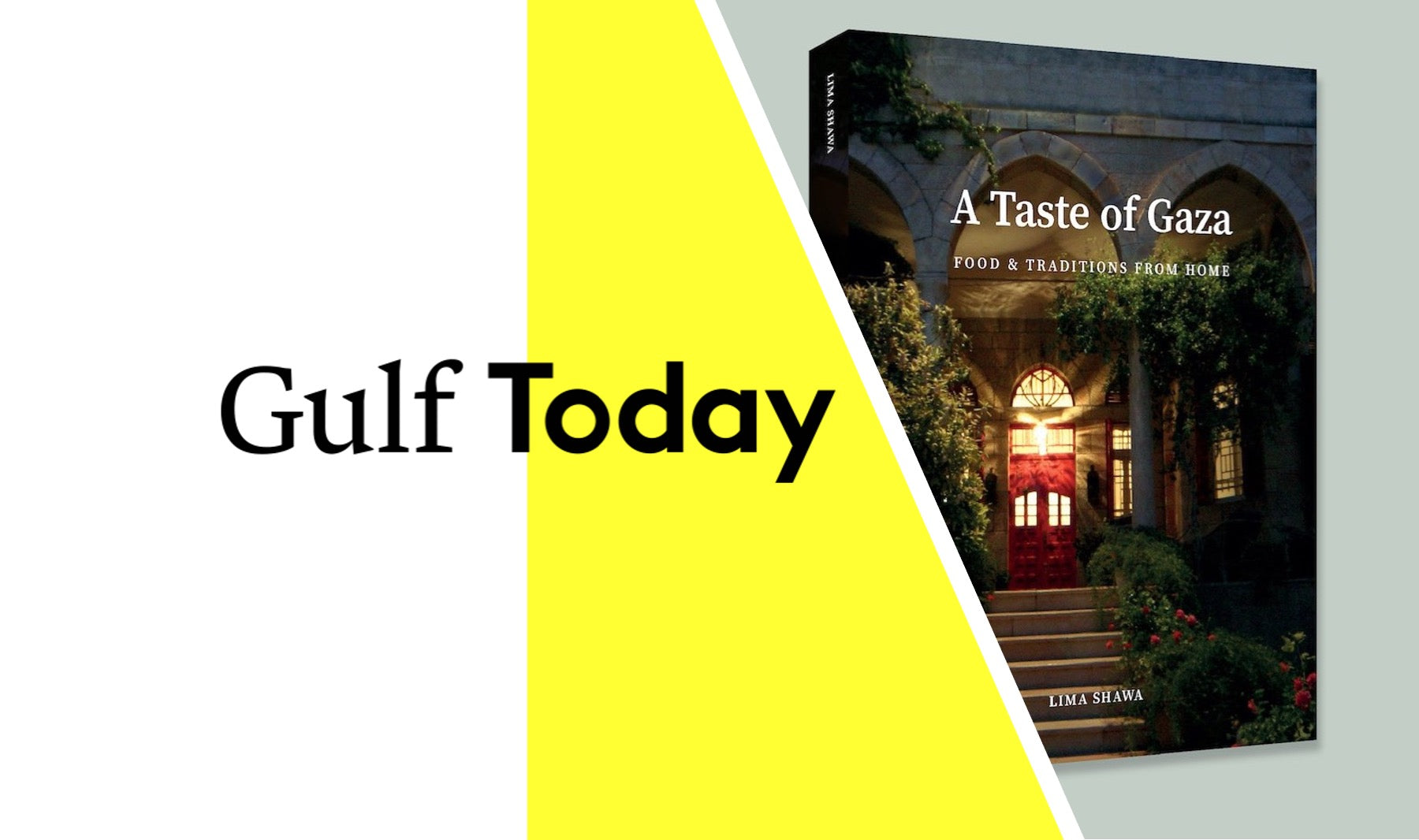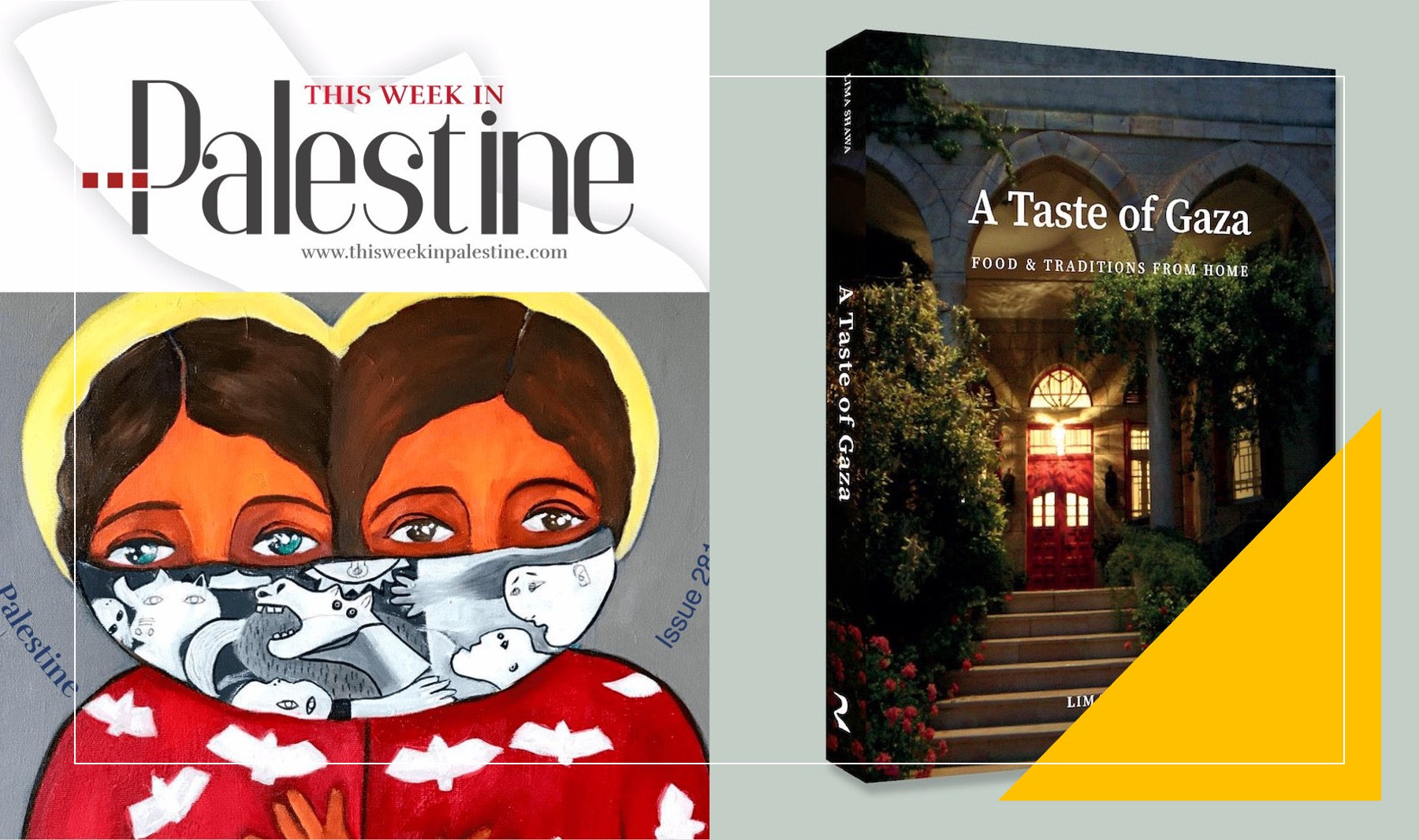
THE GULF TODAY
Food for Thought
Coffee is just one of the gifts the Arabs have given to the world. Cultivated and consumed in Yemen in the 15th century, the beverage gave birth to coffee houses where patrons met, listened to music, storey tellers and poets, and exchanged gossip and news. Exported to Persia and the Levant in the 16th century, coffee made its way to Europe and North America in the 17th century.
Cafes abounded and coffee, which received a papal blessing in 1615, began to replace beer and wine — water being unsafe — as the main breakfast drink. Over the centuries, coffee became the most popular drink in the world, its origins largely forgotten although in recent years Yemenis have tried to publicise their country’s role in the global adoption of coffee.
In more recent decades, Arab and Middle Eastern foods have become widely popular outside this region. Hummus, tahini, foul medames, filafil, and baklawa are the most commonly exported foods while flat Arabic bread (mislabelled “pitta”), tabouleh, baba ghanouj, stuffed vegetables and vine leaves and Maghrabian couscous are found on supermarket shelves across Europe and North America. Shawarma (spiced lamb and chicken roasted on a vertical spit) and kebabs have made their appearance at stalls and restaurants which have introduced a wide range of Middle Eastern dishes to foodies across the globe.
Arab food is also political. Like Palestinian land and resources, hummos and filafil have been expropriated by Israel while Lebanon and Syria each claim to be the champion of Arab cooking. In this contest many of my Arab friends and I would award Syria, especially, Aleppo the gold medal. Unfortunately, Syria has been mired in conflict and subjected to Western sanctions for a decade. Fine food is largely off the menu as Syrians scramble to feed their families.
For Arabs, whether expatriates or travellers, food provides a connection with their communities, culture, and homelands. Food is a tie that not only binds people with common ethnicities and backgrounds but also broadens the culinary horizons of others.
It is important to recognise that the staples which are omnipresent in the Arab world and have been exported are not the dishes of the wealthy, not rich banqueting dishes, but the food of the poor. Hummus, filafil and foul medamas are the equivalents of spaghetti, pizza, and ravioli,
Italian “cuicina povera,” that have been adopted by people around the globe.
Foods from this region have entered homes via cookbooks which have proliferated since 1968 when Cairo-born Claudia Roden published her landmark work, “A Book of Middle Eastern Food.” She also began the practice of not only introducing recipes but also discussing the backgrounds of the people who ate the foods described her many books and the cross-cultural influences of certain dishes.
In the introduction to her first book, Roden pointed out that Arab medical dieticians influenced cookery in Europe. A 12th or 13th Arab cookbook, translated into Latin by Jambobinus of
Cremona in Italy was one of the first Medieval cookbooks in Europe. The author, Ibn Jazla was a Baghdadi doctor who died in 1100. In the early 16th century Andrea Alpago, a Venetian doctor, translated the medical writings of Avicenna, the Persian doctor, born in 980, who is regarded as one of the most influential physicians, astronomers, and thinkers of Islam’s Golden Age and the early founder of modern medicine.
While students in Paris, Roden, her brothers and a cousin were invited by relatives to dine on foul medames every Sunday. “This meal became a ritual.. the little brown beans became invested with all the glories and warmth of Cairo, our home town, and the embodiment of all that for which we were homesick.”
Food can also make a political statement. I was reminded by this evocative remark when reviewing for a Palestinian publication “A Taste of Gaza: Food & Traditions From Home” by Lima Shawa, published recently by Rimal Books in Cyprus. Like Roden, Shawa writes from exile. But unlike other Palestinian authors who have written about their national embroideries, Shawa has focused in food as the existential expression of both national and communal identity and unity for two million Gazans, the most oppressed of the seven million Palestinians living under Israeli rule, including the two million with Israeli citizenship.
Before 1948, Gaza was the bridge between Egypt and the Levant and a crossroads for travellers turning east to Arabia. Israel put an end to traffic through Gaza, seized a part of the Gaza district, and drove 200,000 Palestinian refugees into the narrow coastal strip inhabited by 60-80,000 Gazans, making it a crowded place of unending trials and tribulations.
It is hardly surprising, therefore, that Shawa describes what Gaza was like before the influx of refugees, using weddings, Ramadan observances, celebrations, and the seasons to describe traditions and foods. She begins with the marriage of her paternal grandmother who had been evacuated from Gaza to Jerusalem during World War I. Although proposed to in Jerusalem, the bride was conveyed to Gaza on horseback through conflicted territory by her brother who was an Ottoman soldier while the groom made his way separately. For the families involved, the wedding had to take place in Gaza in accordance with their traditions which Shawa describes.
During the hot, humid Gazan summers, she relates how her extended family, 150-200 people, set up camp under the shade of the sycamore trees on the Rimal dunes above the shore. Once the
Egyptians took control of the strip, refugees were settled there, ending the happy camping season.
Having briefly set the scene in Gaza before Israel, Shawa discusses Gazans’ uses of spices and chillis not found in dishes elsewhere in Palestine as well as uniquely Gaza preparations. These foods are eaten by Gazans at home and in exile as proof of their existence as Gazans and to reassert their connection with the land, sea and air of their divided and occupied homeland.
Review by Michael Jansen



